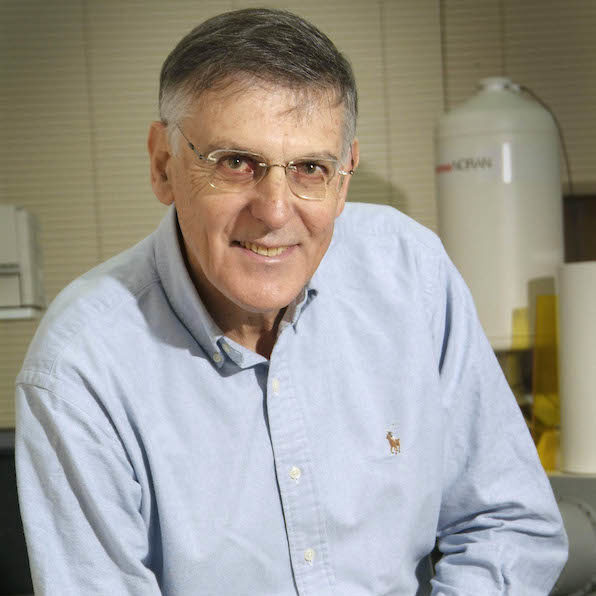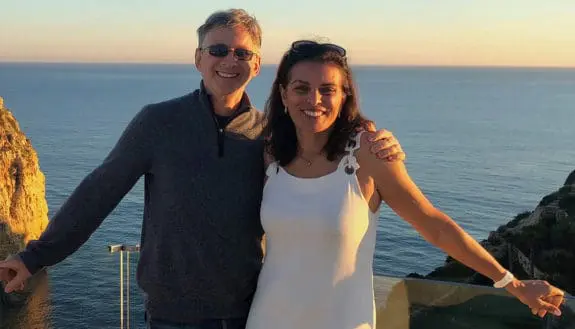Prof. Shechtman was on sabbatical in the U.S. in the early 1980s when he made his Nobel-worthy discovery. Until that time, scientists long believed that most crystals were composed of a three-dimensional arrangement of atoms that repeat in an orderly pattern. While studying crystals through x-ray diffraction, Prof. Shechtman discovered crystals that had an orderly pattern, but unlike others, the pattern never exactly repeated itself.
Initially his findings upset the prevailing views on the atomic structure of matter and were viewed with skepticism. But eventually his research was accepted, changing the very definition of a crystal, and sparking reams of scientific books and research about the quasicrystal. Its ceramic-like properties have led to the development of protective coatings for nonstick frying pans, corrosion-resistant steel used in surgical equipment, and other innovative products.
Born in Tel Aviv, Prof. Shechtman received his bachelor’s degree in 1966, his master’s degree in 1968, and his Ph.D. in 1972 — all in materials engineering from the Technion. He conducted post-doctoral research as a National Research Council Fellow at the Aerospace Research Laboratories on the Wright Patterson Air Force Base in Ohio, and was a research associate at the U.S. Department of Energy’s Ames Laboratory.
Prof. Shechtman joined the Technion faculty in 1975. He created and taught one of the most popular courses on campus, Technological Entrepreneurship.



